Cereal harp in Tyrol
Much has changed in Tyrol's agriculture in the last 50 years. However, those who move attentively through the country will still discover numerous traces of old working methods.
Again and again, you come across the partly high, ladder-like wooden structures, the so-called "harps," on Tyrolean meadows and fields. These used to be used for ripening legumes and grains, as well as for drying freshly cut hay. Similar wooden constructions can be found throughout the Eastern Alpine region. After all, grain or legumes still have to ripen or dry in the field before they can be stored. In the climatically more humid mountain regions, this drying in the field is not guaranteed, so wooden structures were erected to speed up the drying process.
The basic form of these drying racks consists of two vertical wooden posts, which are sunk into the ground with the thicker end. Holes are drilled at regular intervals into these posts, into which horizontal bars are then inserted. The harps were usually aligned at a right angle to the weather side, in order to offer as little surface area as possible to wind and rain. In addition, they were also secured with diagonal supports to absorb wind pressure. Sometimes a narrow saddle roof was also placed on top for weather protection. The basic element of a grain harp can be extended in length as needed. The harps can also be aligned parallel and supported against each other.
After the harvest, the grain was brought to these drying racks to be hung on the horizontal bars. This work was usually done by two men: one handed up the bundled sheaves, where a second man, standing on the harp, stacked them on the bars. There they usually remained until October, when the other field work was done.
However, agriculture has fundamentally changed in Tyrol as well as in large areas of the Alps in recent decades. Not only has human labor been largely replaced by machines, which has had serious consequences for population structure and employment opportunities. The structure of agriculture itself has also changed: Until the middle of the last century, grain cultivation was still one of the main sources of income for Tyrolean farmers and also an important part of self-sufficiency. Today, the grain fields have almost completely disappeared, and the cultivation of legumes or potatoes has also declined. The yields in the mountain regions are simply not competitive, so most farmers have switched to pure livestock and dairy farming. This also means that the utility buildings, which were once important for the harvest, have become functional and useless. Where there is still arable farming, the machine-produced, pressed, and wrapped round bales lying in the fields have replaced the hay rakes and harps.
Occasionally, the grain harps are still used for drying hay. Otherwise, they are mostly preserved as nostalgic relics and witnesses of a bygone rural culture and working world.
 How do you like the content of this page?
How do you like the content of this page?
Please give us your feedback!







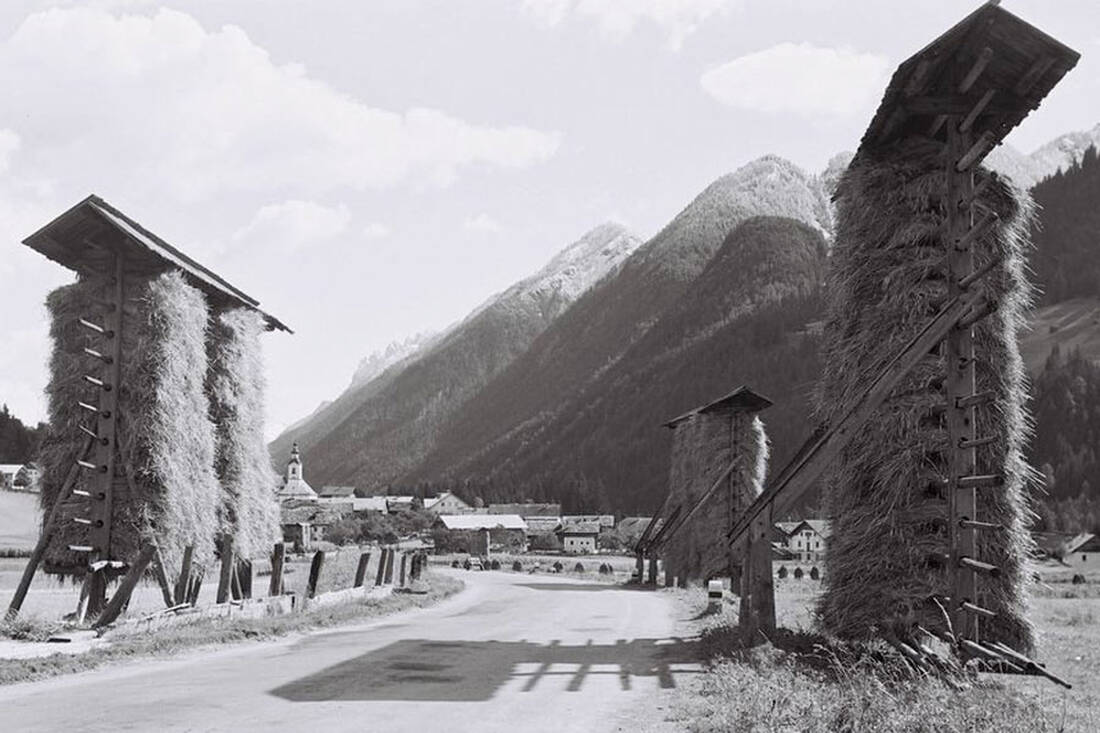
 How do you like the content of this page?
How do you like the content of this page?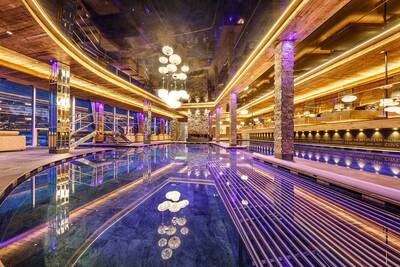
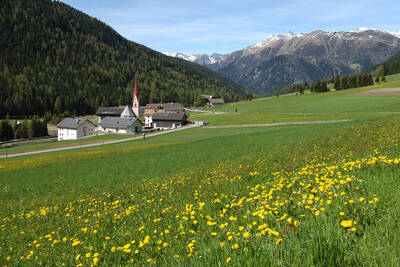
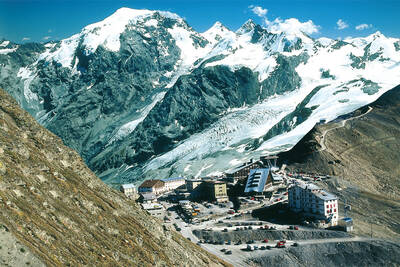
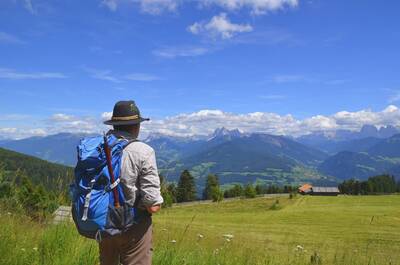
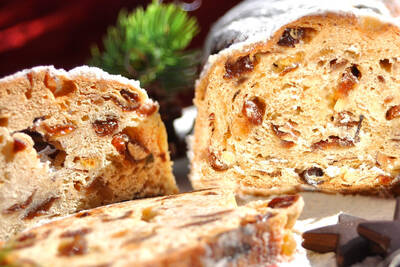
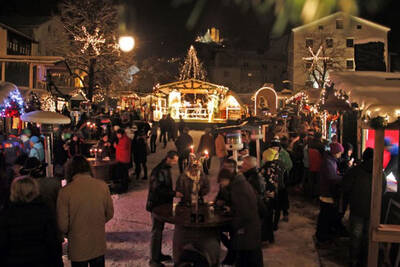
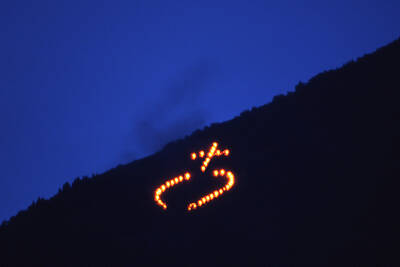
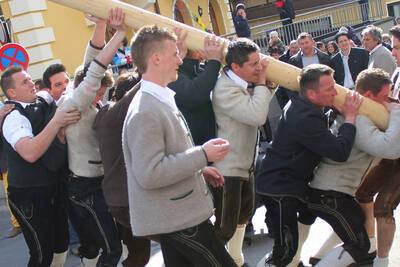
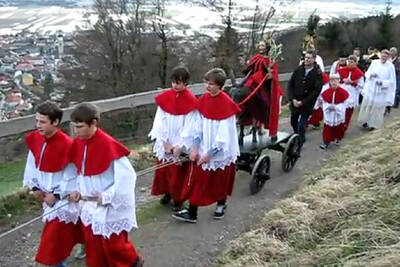
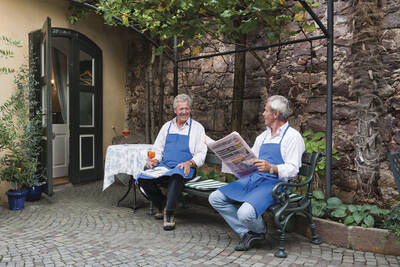
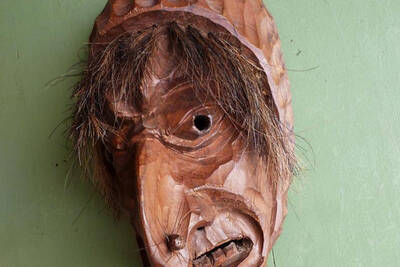
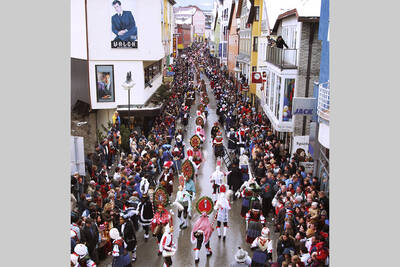
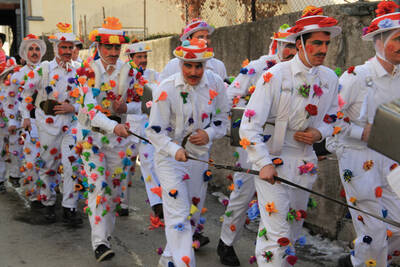
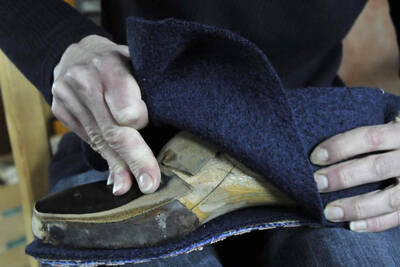
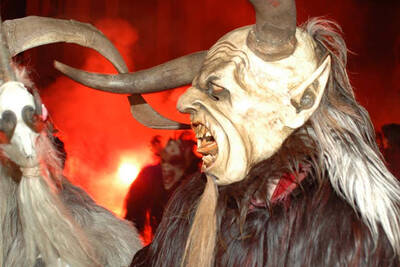
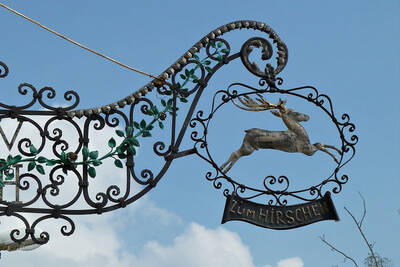
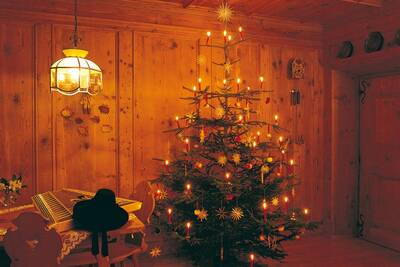
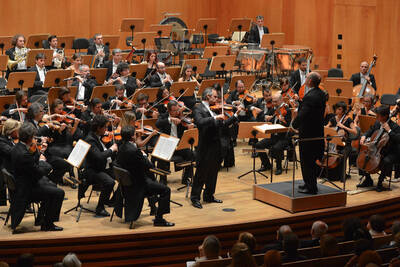
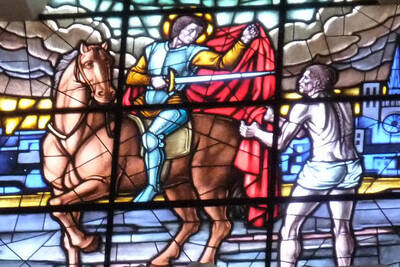
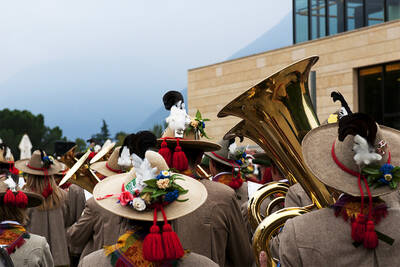
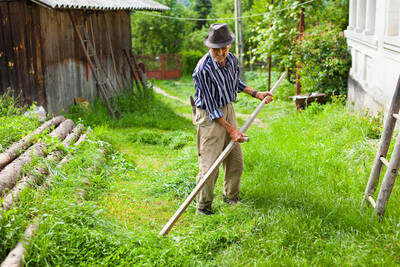
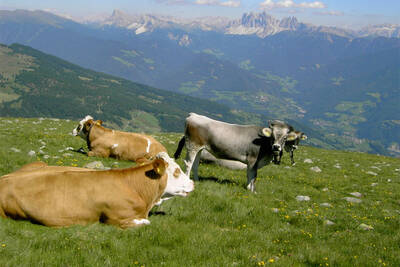
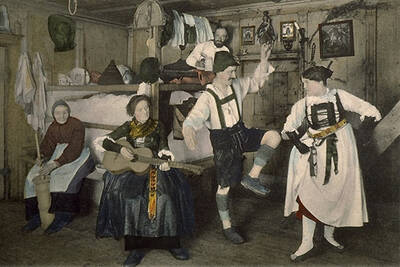

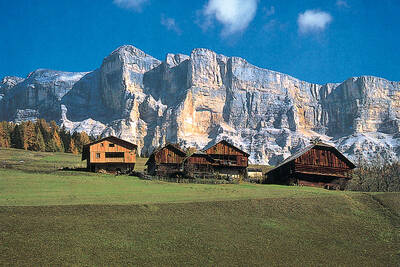
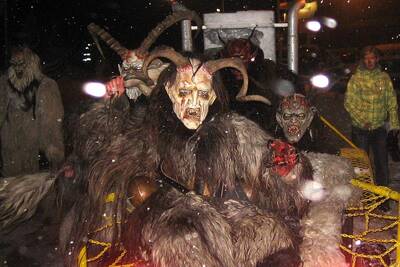
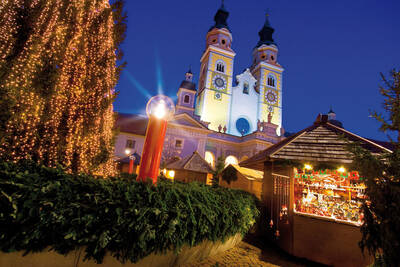
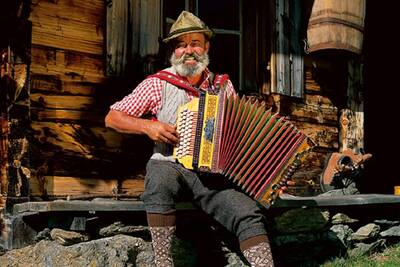
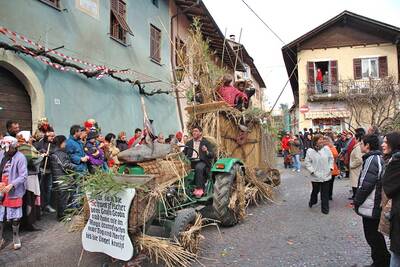
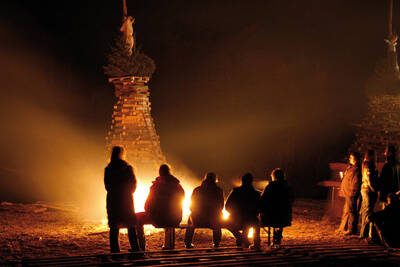
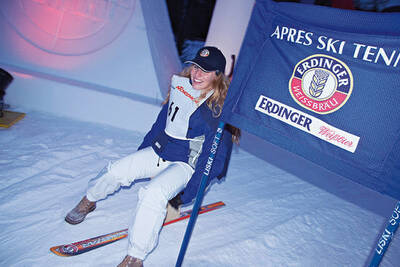
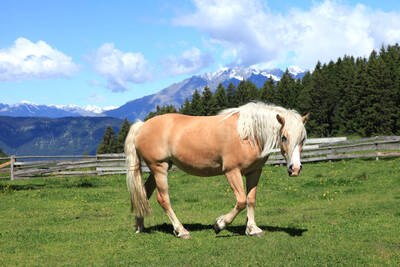
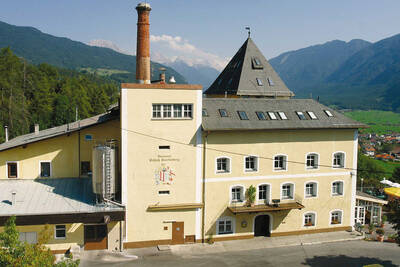
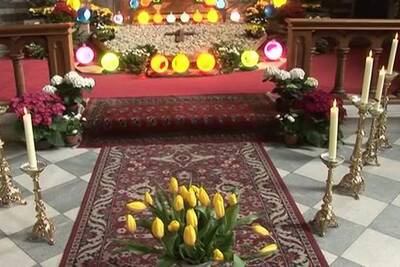
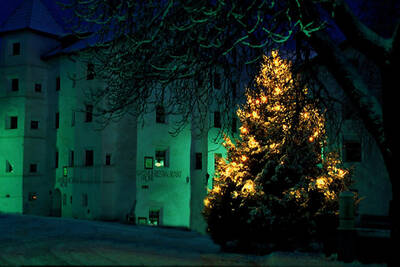
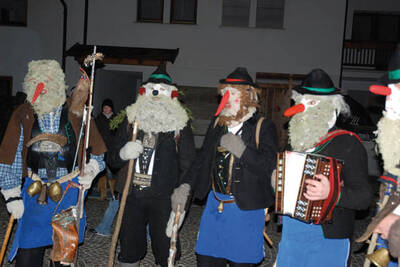
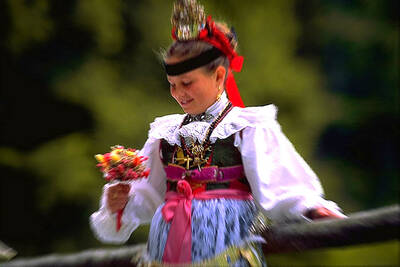
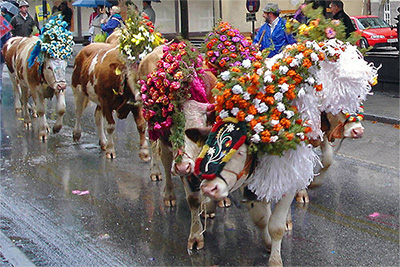
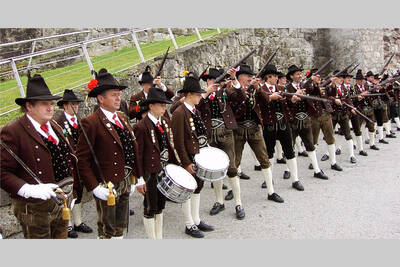
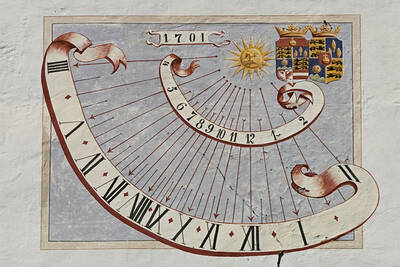
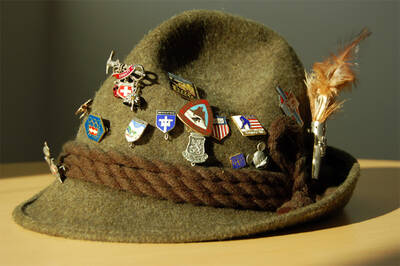
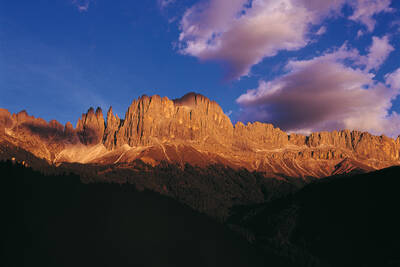
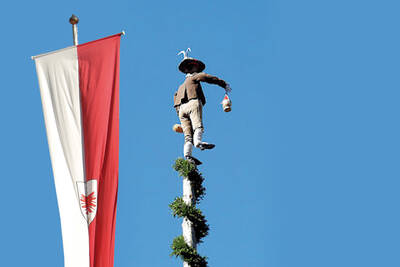
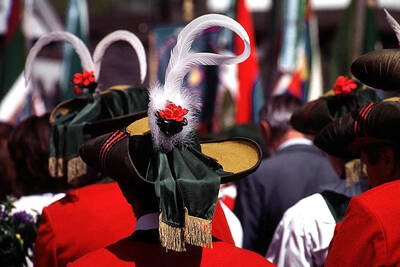
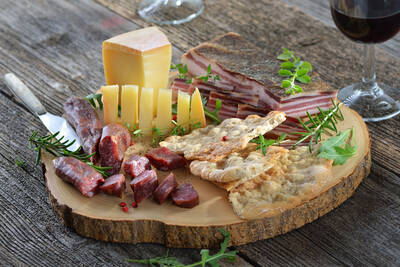
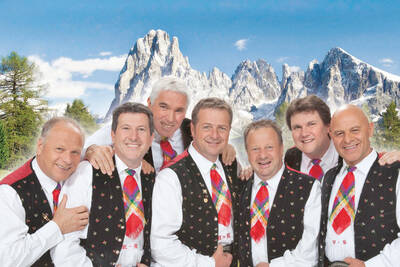
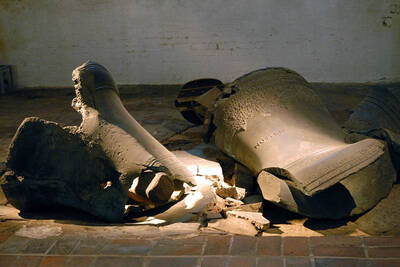
 More infos…
More infos…